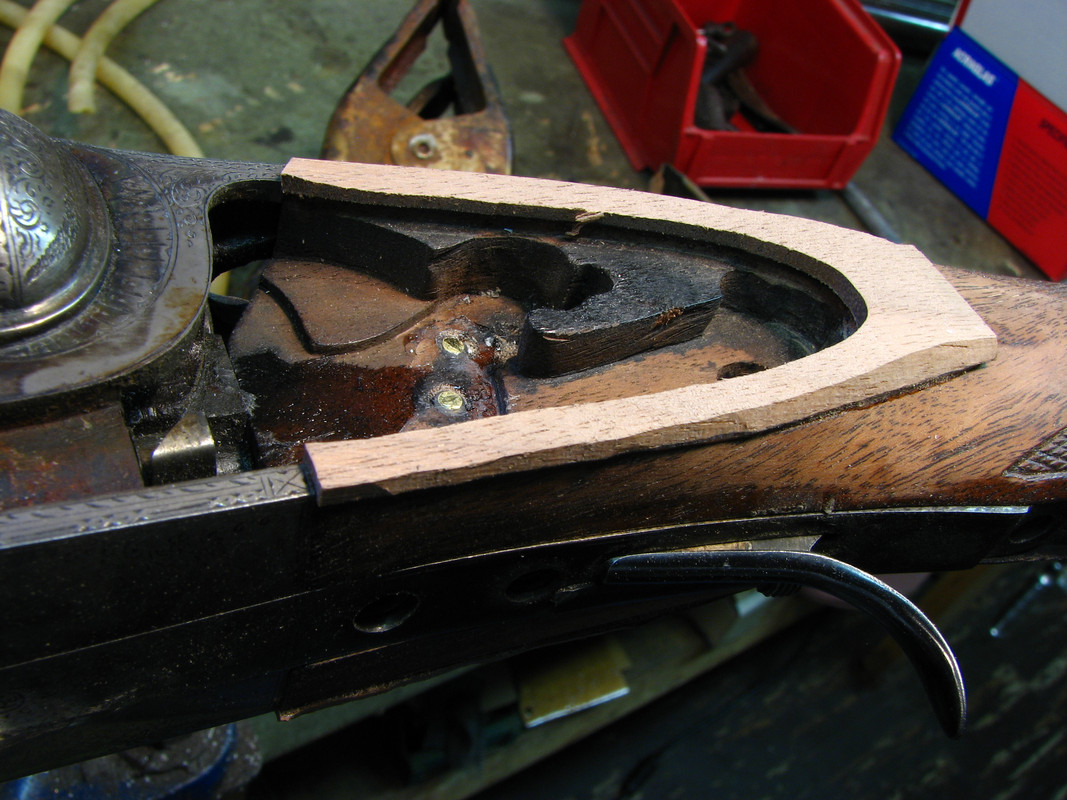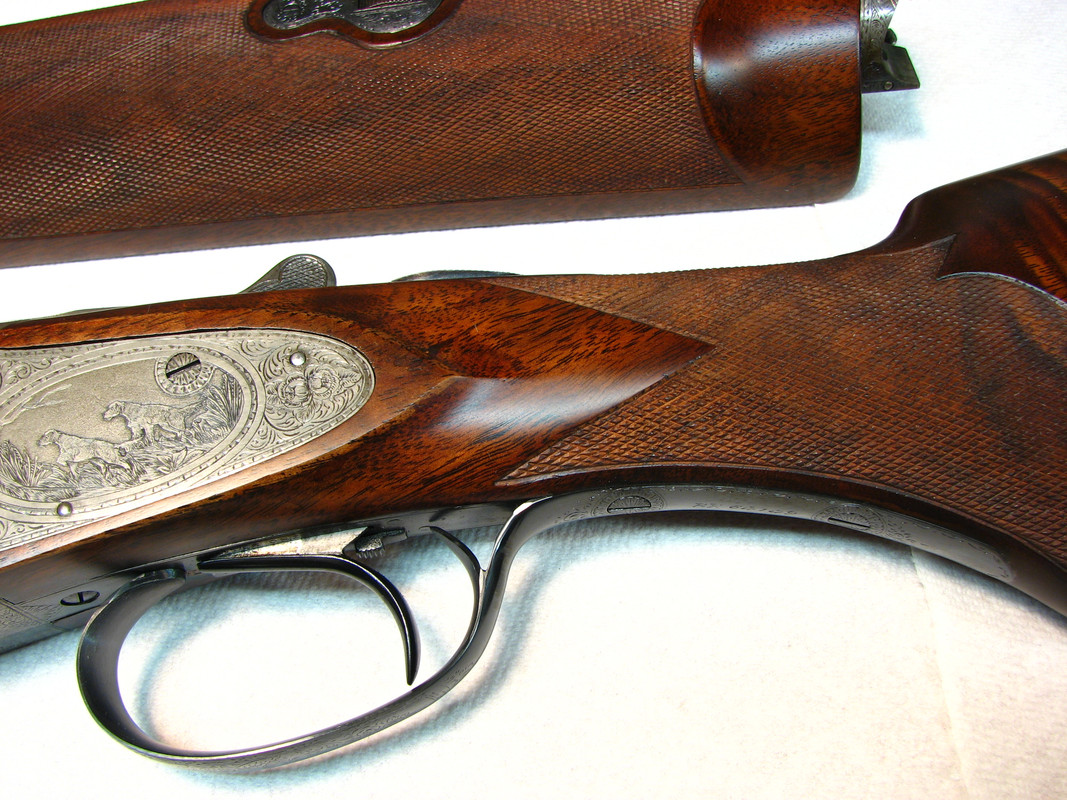I have a couple old doubles that have either small, barely noticeable, cracks or small pieces of wood that are missing. I would like to do the repairs myself just for the learning and enjoyment of doing it. So, does anyone here have any comments or suggestions on doing this?
I would appreciate any advise given!
Shane,
Sorry, but pictures would really help
It is kind of like saying that my dog has a broken bone, can I fix it?
Also, are these shooters or collector guns?
Mike
cant seem to upload pics. I donít have an account with a site like photobucket. These would be shooters but I would like to know how for both shooters and collectors.
I have a Clabrough and a Lefever. The crack is at the end of the side plate which I understand is a common issue. The chip of wood is on the bottom of the gun where it meets the receiver. The missing chip isnít but about an 1/8Ē.
I'm not sure why it would even matter what make of shotgun has a crack or missing piece of wood which needs repairing. None of them deserve the gray epoxy, wood screws, and baling wire repairs we see all too often. But I would advise getting ahold of some broken junk stocks to practice on before attempting repairs on a valuable or collectible gun. Junk stocks are also a great and cheap source of walnut scraps to use for patching missing pieces.
First off, when repairing cracks, the wood should be clean and free of oil. Any debris in the crack will prevent complete clamping which will leave a large and noticeable repair joint that isn't very strong. Clamping is best done in a manner that will not damage the wood, so things like surgical rubber tubing and strips of rubber inner tube are good to have.
I did a little experiment some years ago to see what glue would give me the most invisible glue joint in walnut. I planed some dry black walnut and glued pieces together with several brands of epoxy including Accra Glass, West System, and a boat building epoxy. I also used polyurethane (Gorilla type) glue, and Titebond II wood glue. With a closely fitted joint, the Titebond II was the best, and when I attempted to break my samples by clamping them in a vise and smacking them with a hammer, the Titebond II glue joint was actually stronger than the wood.
It helps immensely to have a junk box full of walnut scraps and junk stock wood when it comes to gun stock patching repairs. If you want a repair that doesn't stick out like the proverbial sore thumb, you will want to spend some time finding a repair piece that is a very close match in color, grain, figure, and density. You want to keep the direction of the grain as close as possible to that in the damaged area. Typically, you will glue in a piece that is oversize, and then carefully dress and sand it down to the original contours to blend it in with the stock. Replacing a broken toe on a figured English walnut stock with a piece of porous straight grained Black Walnut isn't going to look at all good.
With a careful match of grain, color, species, and figure, you are off to a great start. This is why you should always try to save the broken pieces if you ever break a stock, because those pieces will be the most perfect match you could find. Great care should be taken to get a very close fit. The choice of glue is very important if you don't wish to see the glue joint, and careful and correct clamping technique closes the joint without excessive squeeze-out which starves the joint and gives a weaker repair. Then there are things you can do to make the repair even less detectable, such as using a darker finish, and even little details like using a X-acto knife to create artificial pores that bridge the glue joint and fool the eye.
Here's an example of a repair done by the extremely talented Pa. Gunsmith Dewey Vicknair on an L.C. Smith. This technique might come in handy to repair the frequently seen broken wood around the sideplates on Syracuse Lefevers. It shows what is possible, but not a good job for a beginner to attempt to tackle.


I'll second that "talented gunsmith in PA,". He can work wonders. Look at his blog and website before you attempt this yourself.

